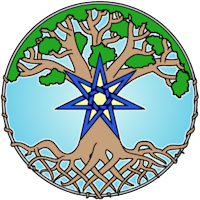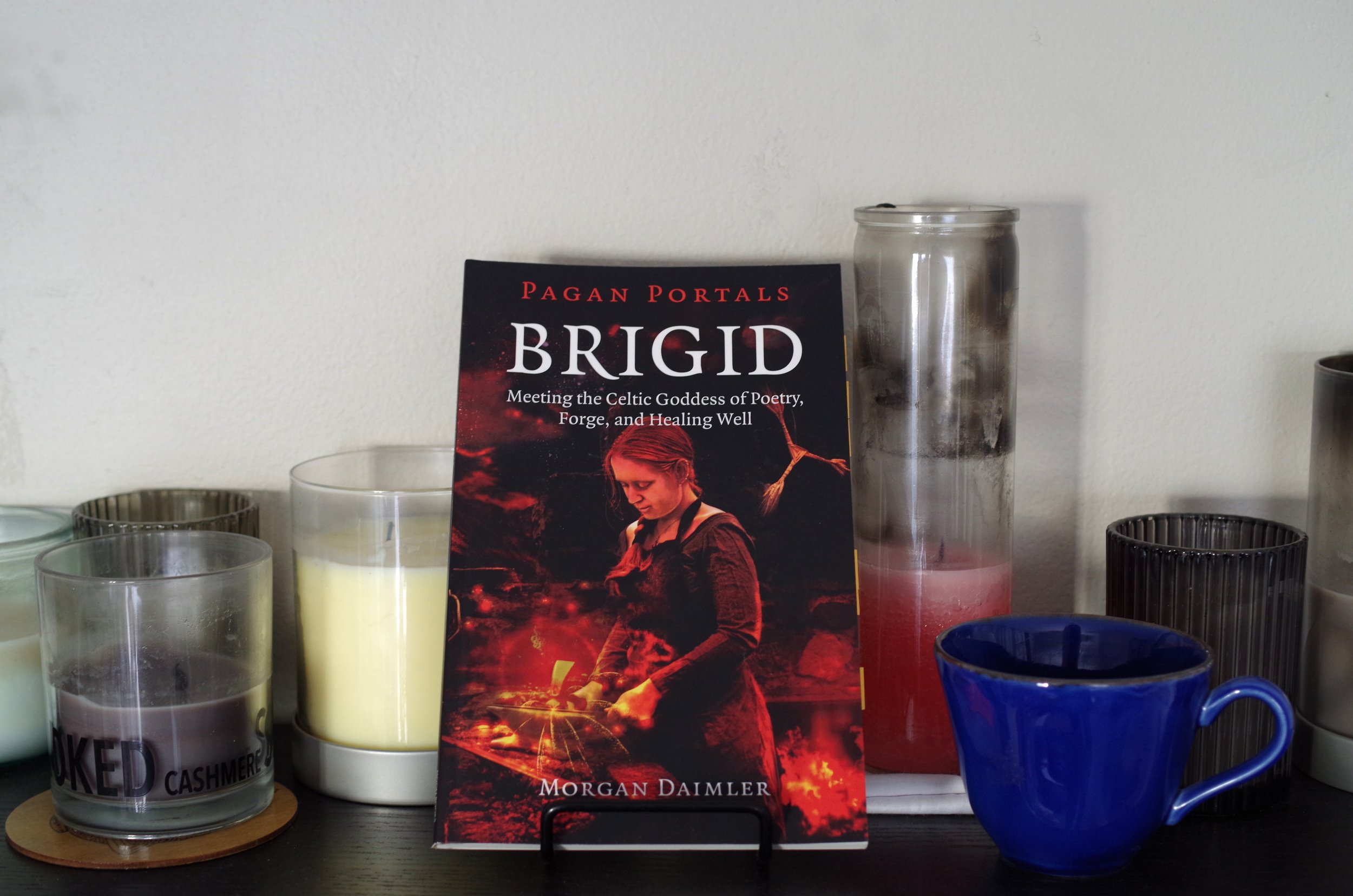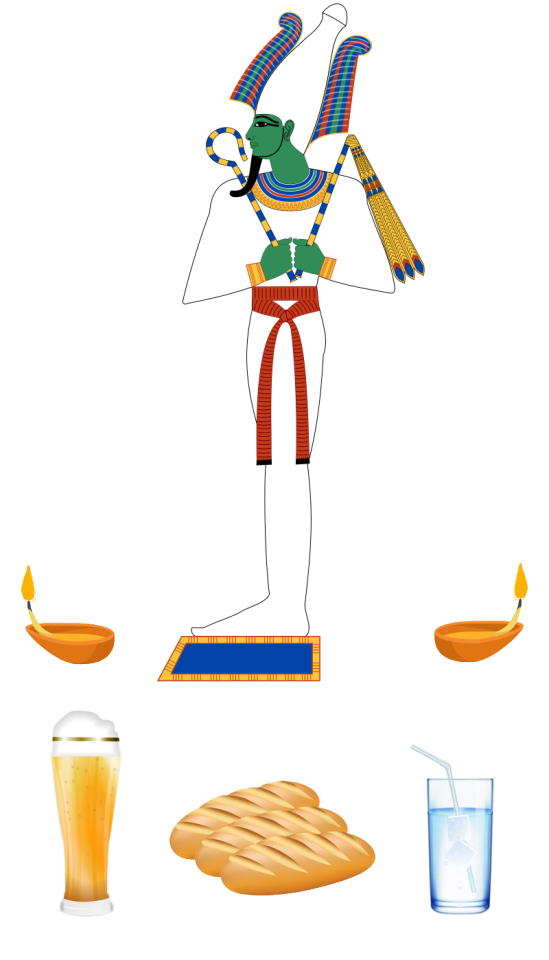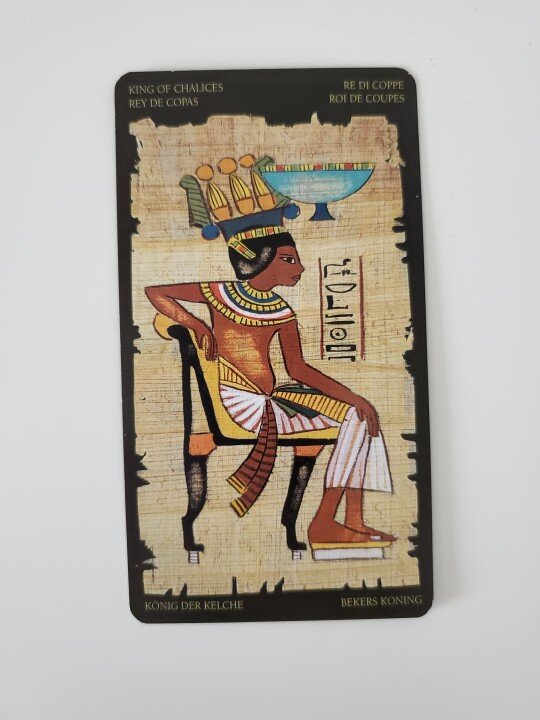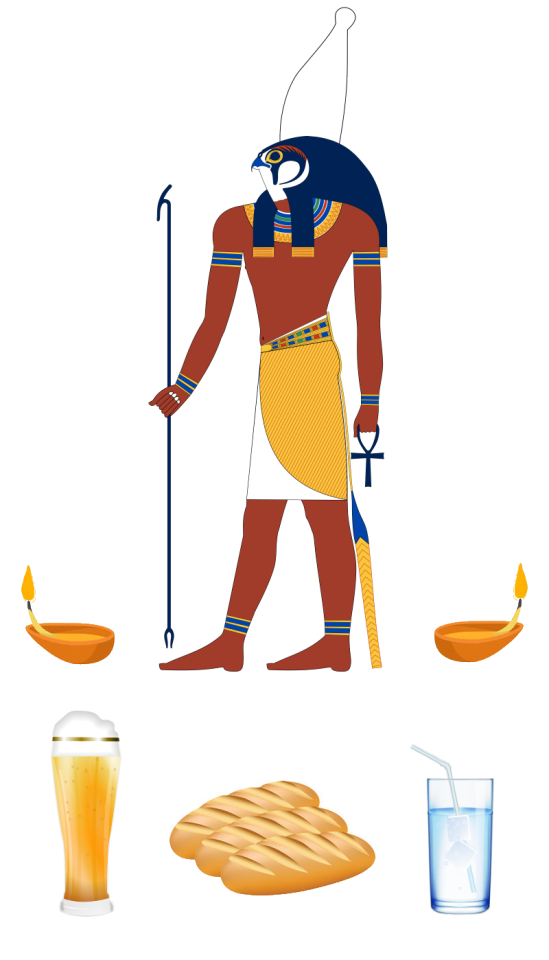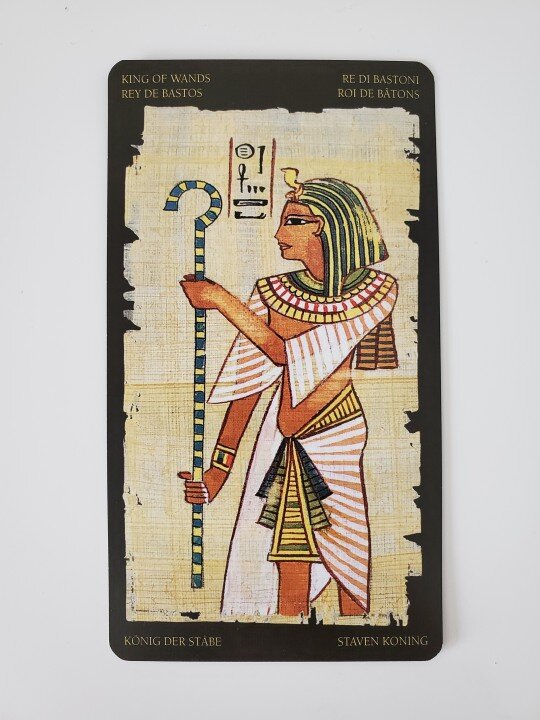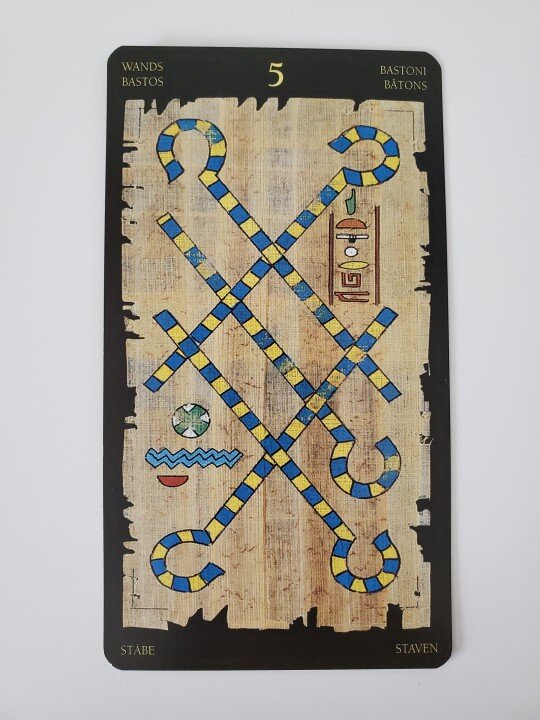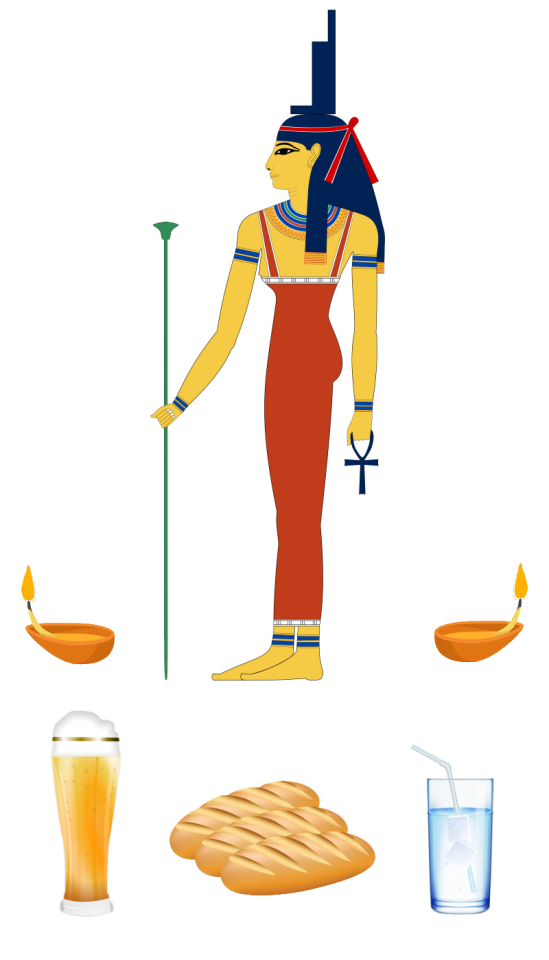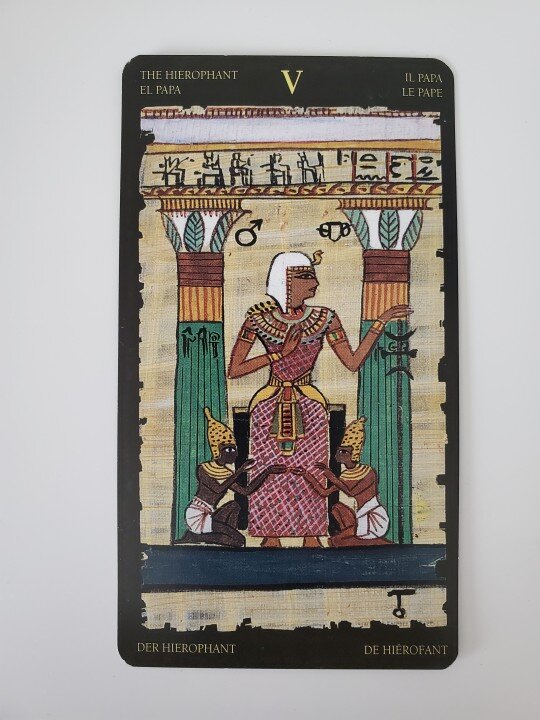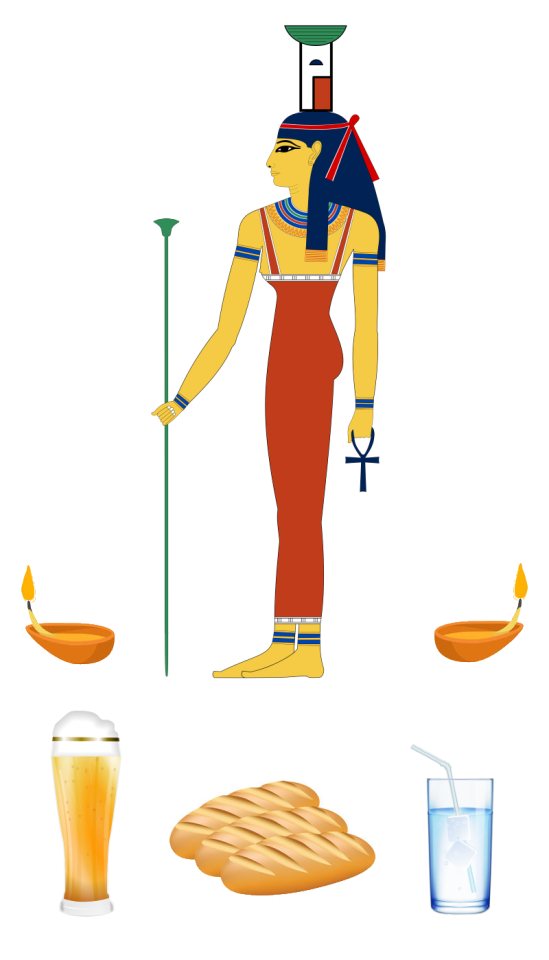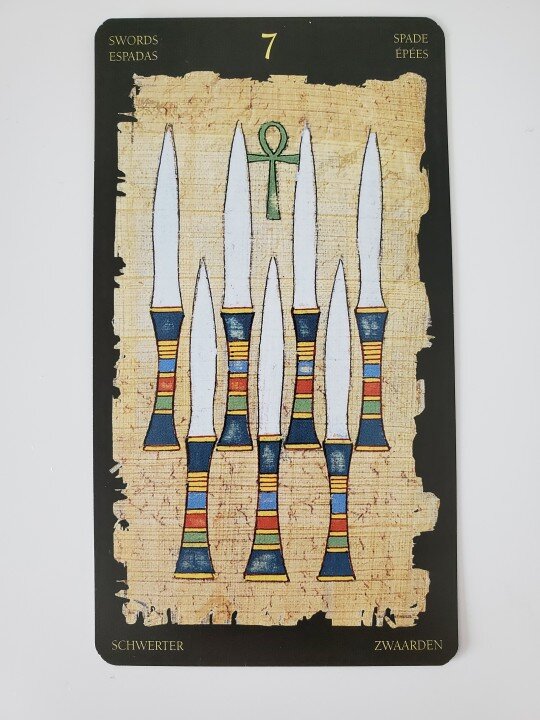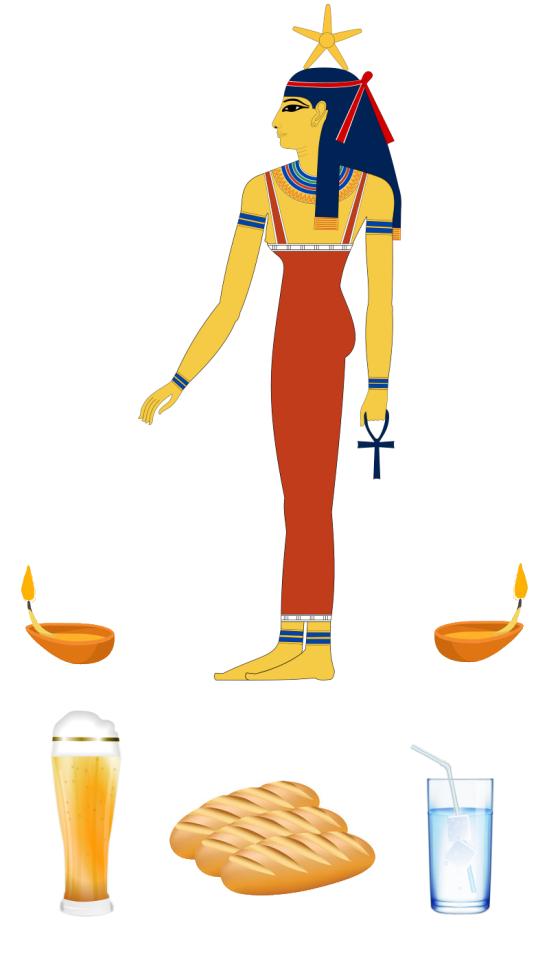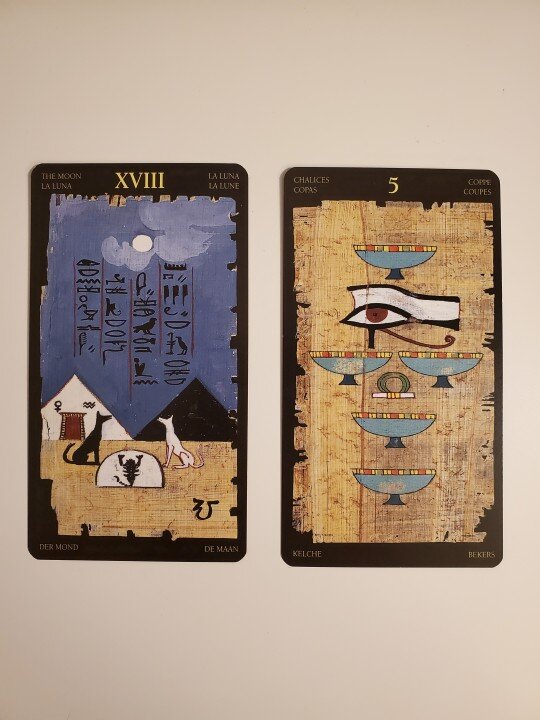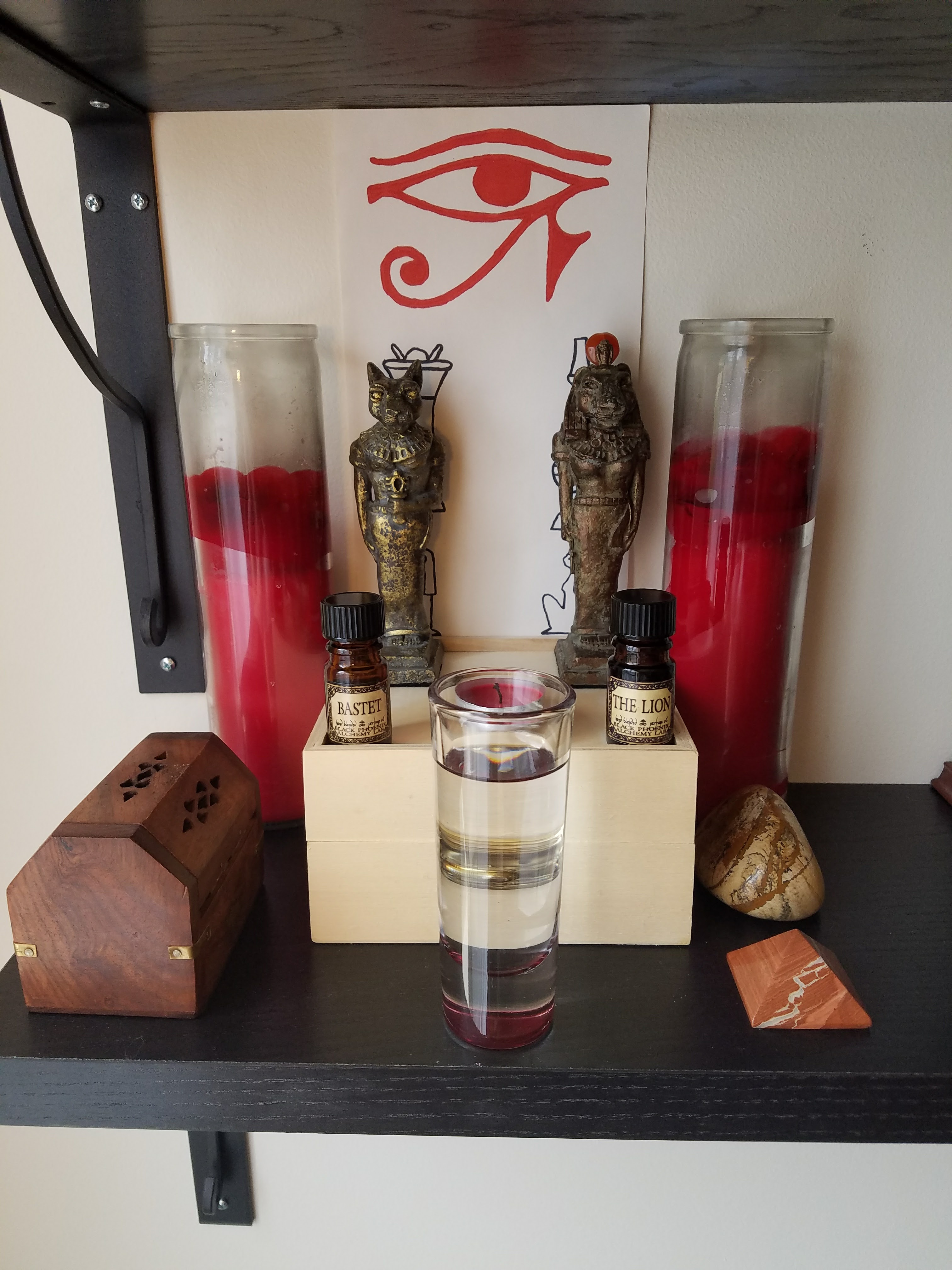I saw a lot of posts this year wondering which day was “really” Imbolc, using which calendar or astronomical system and while it’s important to have a good grounding in what was done historically (especially if your personal path is more inclined towards reconstructionism), I think it’s equally important to remember than in a lot of these historical contexts, Imbolc (like other festivals) was celebrated by nearly the whole community, which meant that they had a pause that we in the contemporary US just don’t have. It can be stressful to decide which day to take off work if you’re going to, and then figure out how to do all the traditions you love on that day without running out of steam (especially for those who are chronically ill), and I’m here to suggest that you just… don’t.
Don’t try to do it all on the One Approved Day. Our Christian-dominated secular society doesn’t do that for Christmas! Sure, they tend to do the presents on Christmas Day but some people open one on Christmas Eve, too. Some people have the big meal midday on Christmas Day, but a lot of people do the big evening meal on Christmas Eve, or they do regular meals on both days and have a big family gathering and potluck on the closest weekend.
So, sure, leave out your cloth to be blessed by Brigid/Brig/Bride (or even Brigantia) on the night that best suits your practice (I’ve heard both Jan 31 and Feb 1, and it seems to depend on where one is in Ireland and Scotland), but if you also want to weave rushes into Brigid’s crosses, and make a big meal, and churn butter, and bake, and cleanse and bless your home… there’s no harm in spreading it out some! Butter keeps well if you want to churn it in advance; so do a number of baked goods. Weaving the crosses is easy enough to do beforehand, but is also simple enough that you could do it any day you have the energy and time. Make the big meal on whichever day works best for you and your family!
As a spoonie witch, I often find that I just don’t have the energy to do everything on one day, and I’m sure I’m not the only one. So I plan out the things I want to do, and stretch out the celebration over the course of a week or so. With Imbolc, my birthday also gets rolled into it, and I sometimes do magic or divination about my next year as part of my Imbolc celebration, as one more kind of new beginning. I also did a bit of intentional garden work this year, as the week following Imbolc coincided with a spell of warmer weather. I tidied up a few beds and started a few tomato seeds; if that works out well, I’ll probably add that into my rotation, instead of or in addition to seed-blessing. I usually bake scones and everyone in the family helps shake a jar of cream into butter, but this year that hasn’t happened – yet. If you look at everyone else’s picture-perfect Imbolc on Instagram and feel like yours wasn’t that good, stop looking. People don’t like to talk about their failures, but then, who’s to say what is and isn’t failure when we’re talking about our own personal spiritualities? I didn’t manage to do one of the traditions I’ve been trying to establish in my household this year. But, I did make an absolutely scrumptious lamb stew with parsnips, rutabagas, leeks, and cabbage floating among the staple carrots and potatoes, and we got the lamb meat from a local farm. I think that might become a new tradition for us! It’s certainly more of a Holiday Meal than just scones.
As a Mom, I feel a lot of pressure to create meaningful traditions for my child, to pass along the stories and the joys and the values of my spiritual path, while leaving enough room for him to choose another path if he wishes. It’s important for me to remember that I don’t need to get it exactly right every time, and I don’t need to have schedule that I follow exactly the same way every single year so that he only remembers the one way. Kids (and people, generally) remember the threads of holiday tradition, and if it’s a bit fluid that allows for flexibility. My parents certainly didn’t have set-in-stone traditions for the Catholic holidays of my childhood, but I have fond memories of certain repeated traditions, even if we didn’t do them every year. When I was old enough to have input I usually asked to do my favorite activities, and in that way I really felt like I was involved. While I’m not keen to pass on the Catholicism I’ve left behind, I do want that feeling for my child, the warm fuzzy feeling of getting to color eggs (and similar activities) “like we usually do.”
I’m not aiming for an instagrammable holiday scene at the moment of sunset on The Only Correct Day. For me, that’s untenable. I don’t need that kind of stress, because in my experience that stress only serves to quash the actual feeling of celebration. And for me, that feeling is really my main goal. I’m trying to develop a rising and ebbing tide of celebratory activities centering on Feb 1-2, that my family will come to think of as “How We Usually Celebrate Imbolc”. Each individual piece adds to the whole, but missing a piece doesn’t doom the whole endeavour to failure! I’ve found I’m happier when I turn away from perfectionism to embrace “good enough”, and allow myself to feel satisfied with what I managed to do. My Imbolc was good enough — good enough to feel reconnected to my spiritual path, and good enough to feel inspired by the season. I hope yours was good enough, too!
